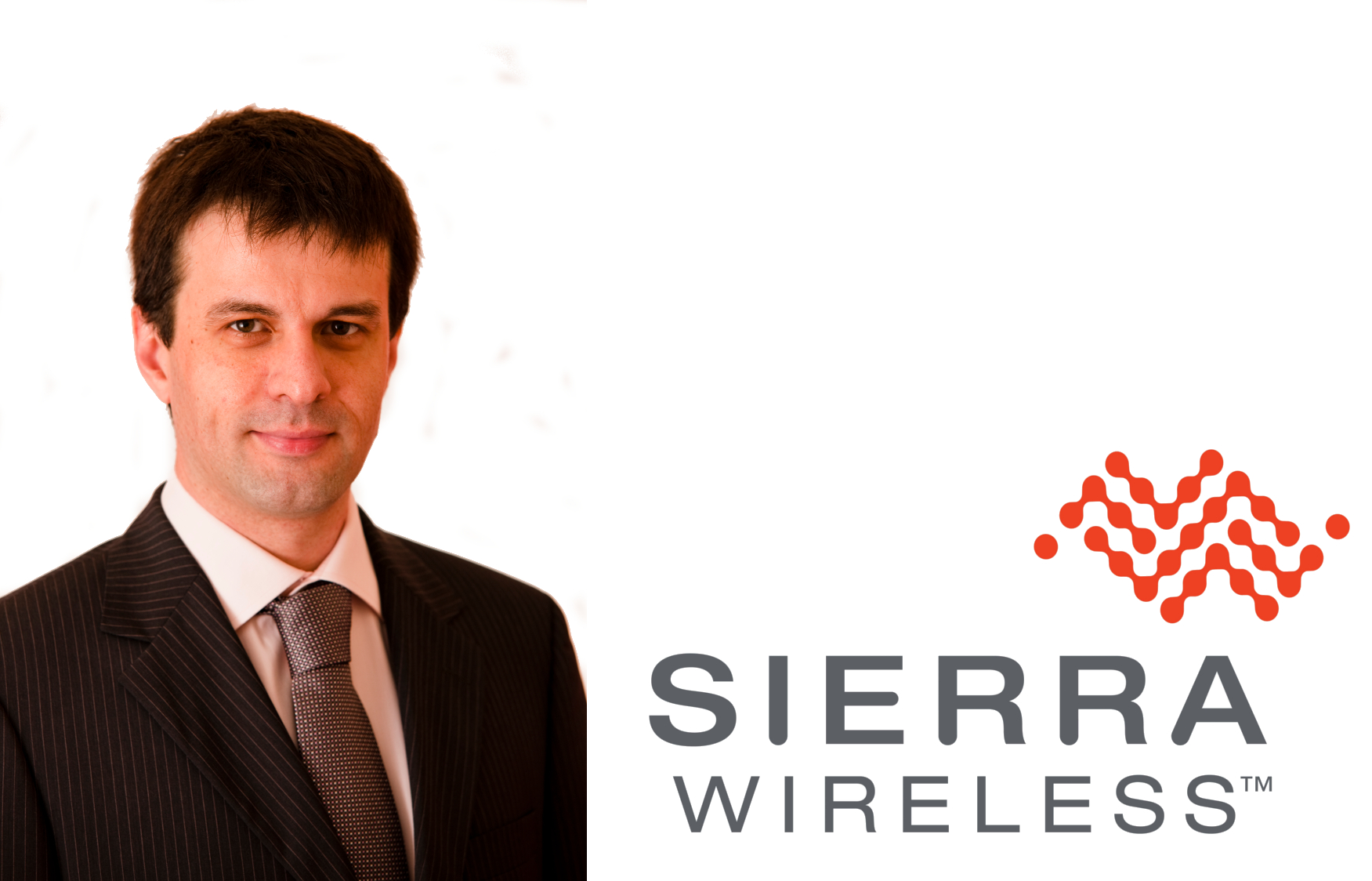
Sierra Wireless unveiled an IoT integrated system of technologies to enable developers to prototype and test ideas in days instead of months.
CBR sat down with Olivier Pauzet, VP Market Strategy at Sierra Wireless, to discuss more.
CBR: What are the core benefits and elements of Sierra Wireless’ next generation IoT technologies?
OP: The next-gen WP Series embedded modules from Sierra Wireless provides an integrated device-to-cloud architecture enabling IoT developers to build a Linux-based product using a single module that seamlessly sends product and user data to the cloud.
The primary benefits are accelerated innovation through open technologies, simplified development with integrated hardware, software, and service solutions and future-proof designs with footprint compatible modules across 2G, 3G, 4G LTE.
The key elements of our new smart portfolio are the AirPrime WP Series which offers an application processor, GNSS receiver, and cellular modem with an optional ultra-low power mode that reduces power consumption, and the Project mangOH, an open hardware reference design for the WP modules offering wireless, sensor, and cloud connectivity out-of-the-box to rapidly build prototypes.
Furthermore, there is also the Legato Linux-based platform integrated directly into the application processor of the WP modules providing an open-source, Linux-based application framework, and the AirVantage cloud and connectivity services providing device, application, and connectivity management as well as an IoT data platform securely integrated into the WP.
CBR: How can the solution deliver such a quick process from the prototype to testing?
OP: The process is faster because it is a complete "device-to-cloud" reference design. We are providing an integrated solution that combines the next-gen WP Series modules running the Legato application platform, together with seamless connectivity to our AirVantage cloud.
So our "device-to-cloud" reference design provides IoT developers the basis to start writing their applications out-of-the-box.
No hardware, low-level driver, or wireless expertise is required and the third party Arduino shields and IoT modules provide plug-and-play HW flexibility to combine different wireless, wired, and sensor technologies to connect things in new ways and drive innovation.
CBR: How is the Legato platform being used in this solution?
OP: The Legato platform simplifies the development of M2M apps with an integrated application framework, fully-tested Linux distribution, and feature-rich development environment.
Legato future-proofs software investments by easily porting the stack to any module or application processor as product requirements evolve.
With security and connectivity built in and customizable middleware components, the platform simplifies development by enabling OEMs to just focus on the value-add applications.
CBR: How can Sierra’s Enterprise Solutions and OEM Solutions help connect things?
OP: Our OEM Solutions business unit has the broadest portfolio of AirPrime embedded modules, and we are the global leader in market share for M2M cellular embedded modules with 35% share (according to June 2015 report from ABI Research).
We are connecting cars, smart meters, enterprise routers, POS payment devices, street lights, digital signs, smart grids, industrial equipment, and other IoT applications with our embedded modules directly designed and Mfg’D into customers’ equipment.
Our Enterprise solutions business provides cellular gateways (AirLink), cloud service (AirVantage) and managed connectivity services (via Wireless Maingate). Our AirLink gateways are focused on connecting equipment and assets in three main markets: industrial, enterprise, and mobile/public safety.
Our Cloud and Connectivity services can bring the data from the gateways and the modules all the way to the enterprise by hosting the data, grooming it, and bringing it back down to the customer’s ERP system through standard APIs in a safe and secure manner.
CBR: How is Sierra Wireless involved in the development of smart cars?
OP: We are working closely with Tier 1 automotive supplier and auto OEMs directly to incorporating wireless communications into economy mid-range, and luxury vehicle models.
Automobile OEMs need to provide reliable cellular connectivity from vehicles to networks that enable key applications, and we do that with our portfolio cellular modules (2G,3G, and 4G) and embedded apps platform for services such as telematics to gather sensoring data from engines, fuel intakes, transmission, tires and then sending that data from embedded module to OEM.
These services still include eemergency call (eCall), navigation and driver assistance, internet and entertainment, and remote diagnostics (Stolen Vehicle Tracking and Recovery).
We are also enabling automotive OEMs to send firmware updates and apps over-the-air (OTA) to the embedded modules in the vehicles from our AirVantage cloud service.






